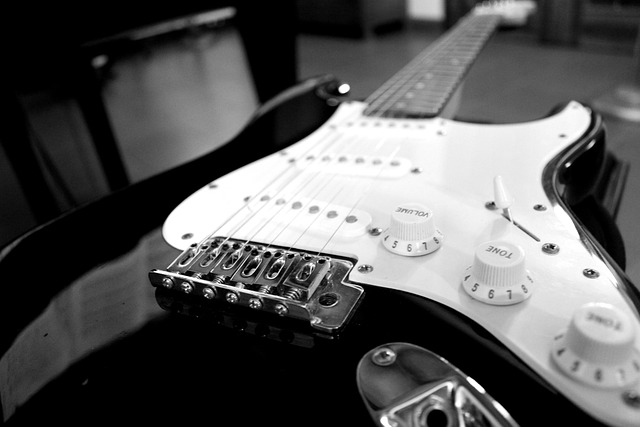
The Viola Da Gamba
The viola da gamba, a member of the viol family, is a string instrument that has captivated musicians and audiences alike since its emergence in the late Renaissance period. Known for its rich tonal quality and expressive capabilities, the viola da gamba has a unique place in the history of music. This article explores its origins, construction, playing techniques, and its role in contemporary music.
Historical Background
The viola da gamba, often referred to simply as the "viol," originated in the late 15th century, evolving from earlier string instruments such as the vihuela de arco. It gained prominence in Italy, particularly during the 16th and 17th centuries, where it became a staple in both chamber music and orchestral settings. The instrument's design and playing style were influenced by various European musical traditions, leading to its widespread adoption across the continent.
Construction and Design
The viola da gamba is characterized by its fretted fingerboard, which allows for precise intonation and a wide range of expressive techniques. Typically, it features six strings, although some variations include a seventh string. The fifth string, known as the bordone, serves as a drone, while the sixth string, referred to as the basso, enhances the instrument's lower register. The body of the viola da gamba is usually made from high-quality woods such as spruce for the top and maple for the back and sides, contributing to its warm sound.
Playing Techniques
Playing the viola da gamba requires a distinct technique, differing from that of the violin family. The instrument is held between the legs, and players use a bow that is typically convex in shape, allowing for a unique bowing style. This positioning enables the gambist to produce a wide array of dynamics and tonal colors. Additionally, the use of vibrato and various bowing techniques enhances the expressive potential of the instrument.
Repertoire and Performance
The viola da gamba boasts a rich repertoire, encompassing solo works, chamber music, and orchestral compositions. Renowned composers such as Johann Sebastian Bach and Marin Marais wrote extensively for the instrument, showcasing its versatility and emotional depth. In contemporary music, the viola da gamba has experienced a resurgence, with modern composers exploring its unique sound in various genres.
Contemporary Relevance
Today, the viola da gamba is experiencing a revival, with a growing number of musicians and ensembles dedicated to its performance. The instrument's historical significance and distinctive sound have led to its inclusion in early music ensembles and crossover projects that blend classical and contemporary styles. Furthermore, educational institutions are increasingly offering programs focused on the viola da gamba, ensuring that future generations will continue to explore its rich legacy.
Conclusion
The viola da gamba stands as a testament to the evolution of string instruments and the enduring appeal of early music. Its unique construction, expressive capabilities, and historical significance make it a vital part of the musical landscape. As interest in historical performance practices continues to grow, the viola da gamba will undoubtedly maintain its place in both the concert hall and the hearts of musicians worldwide.
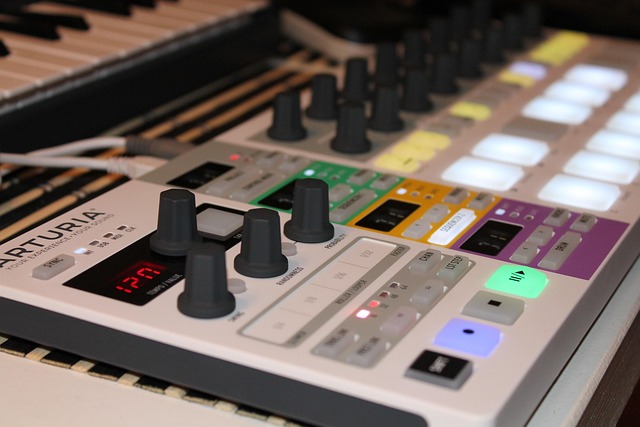
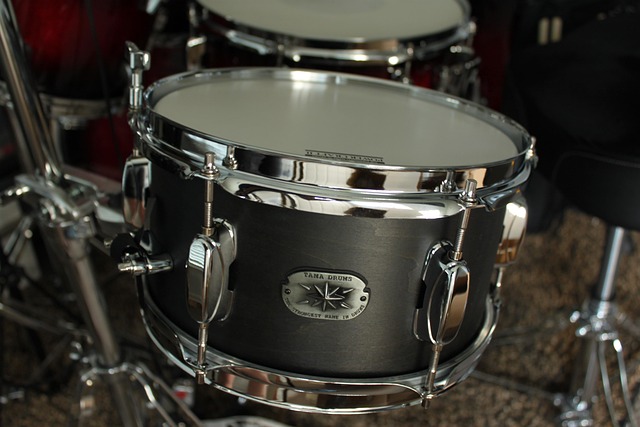





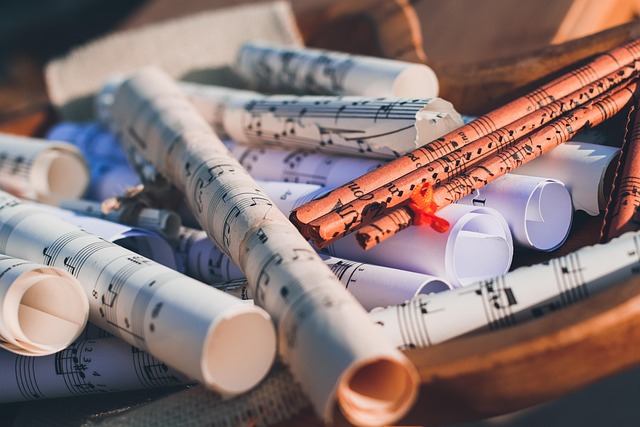

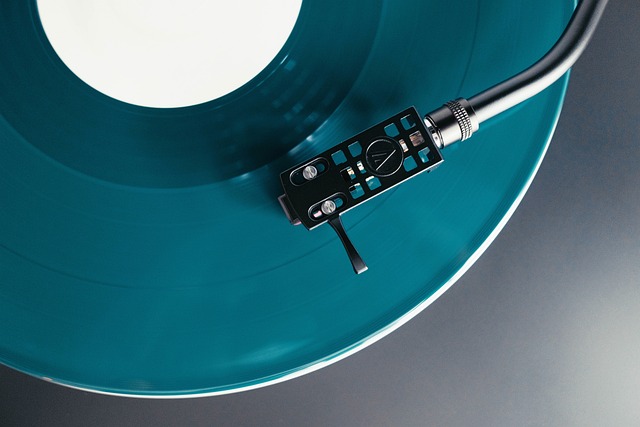



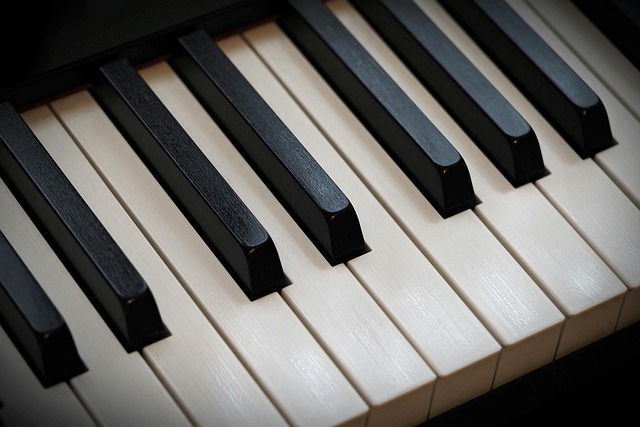


 What Are Producer Tags?
What Are Producer Tags? 
 Health
Health  Fitness
Fitness  Lifestyle
Lifestyle  Tech
Tech  Travel
Travel  Food
Food  Education
Education  Parenting
Parenting  Career & Work
Career & Work  Hobbies
Hobbies  Wellness
Wellness  Beauty
Beauty  Cars
Cars  Art
Art  Science
Science  Culture
Culture  Books
Books  Music
Music  Movies
Movies  Gaming
Gaming  Sports
Sports  Nature
Nature  Home & Garden
Home & Garden  Business & Finance
Business & Finance  Relationships
Relationships  Pets
Pets  Shopping
Shopping  Mindset & Inspiration
Mindset & Inspiration  Environment
Environment  Gadgets
Gadgets  Politics
Politics 